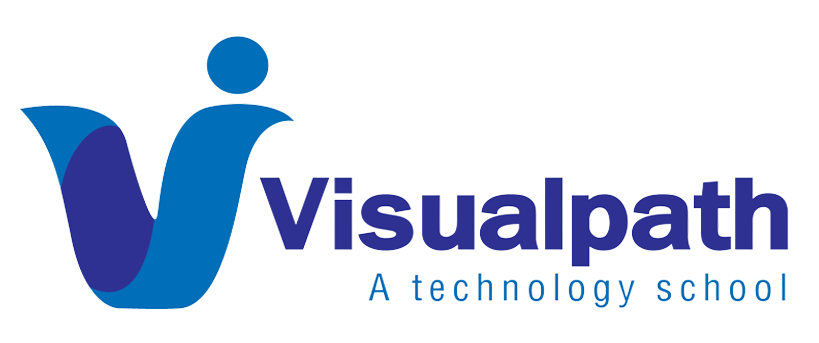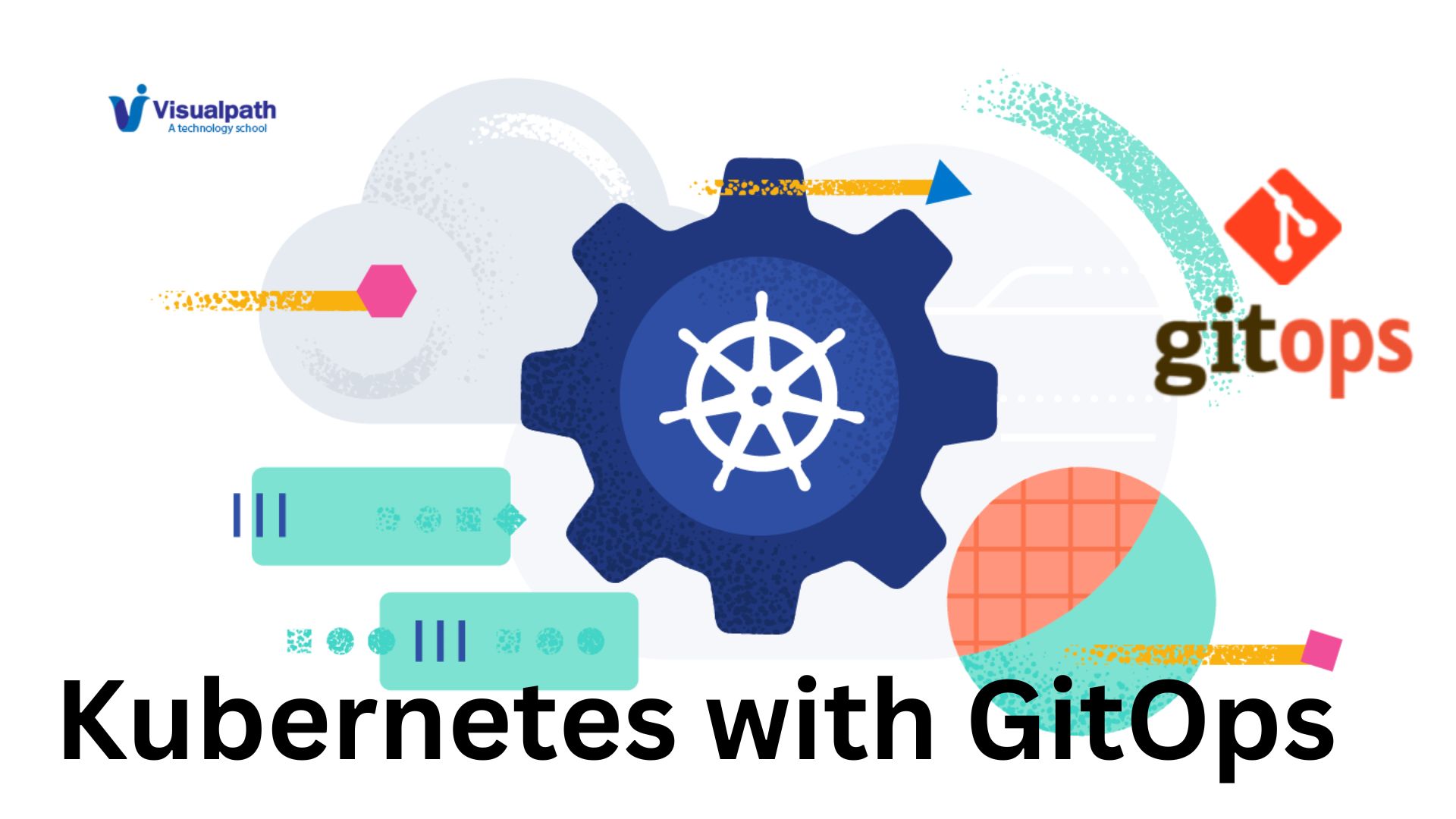Kubernetes today’s cloud-driven world, businesses need scalable and efficient solutions to manage their applications. has emerged as the leading container orchestration platform, helping developers and enterprises deploy, manage, and scale applications seamlessly. Let’s explore its fundamentals, advantages, and why it is widely used in modern IT infrastructure.
What is Kubernetes?
often abbreviated as K8s, is an open-source platform for managing containerized applications across a cluster of machines. Originally developed by Google and now maintained by the Cloud Native Computing Foundation (CNCF), automates the deployment, scaling, and operations of application containers. Docker and Kubernetes Training
At its core, it provides a framework for running distributed systems resiliently. It helps in scheduling containers, managing workloads, and handling networking, storage, and security aspects without manual intervention.
Why is Kubernetes Used?
it is widely adopted by developers and organizations for various reasons:
1. Automated Deployment and Scaling
One of the primary benefits is automating the deployment and scaling of applications. automates application deployment, ensuring consistency across instances. It manages to scale dynamically, adjusting resources based on demand.
2. Improved Resource Utilization
it optimizes resource utilization by intelligently distributing workloads across available infrastructure. This ensures that applications run efficiently without wasting computing power or memory.
3. High Availability and Self-Healing
this automatically monitors the health of applications and replaces failed containers to maintain system stability. Docker and Kubernetes Online Training
4. Portability and Flexibility
This flexibility enables businesses to migrate workloads without worrying about vendor lock-in.
5. Microservices and Container Management
The rise of microservices architecture, provides an efficient way to manage multiple services in isolated environments.
6. Rolling Updates and Rollbacks
This allows developers to roll out updates to applications without downtime. This ensures minimal disruption.
7. Robust Security and Configuration Management
includes security features like role-based access control (RBAC), secret management, and encryption. It manages application configurations centrally, ensuring secure and reliable deployments. Docker Kubernetes Online Course
How Beginners Can Get Started
To get started, follow these steps carefully and take action immediately.
- Learn Kubernetes Architecture – Explore key components like Pods, Nodes, Deployments, and Services.
- Use Minikube – A lightweight environment that runs locally, perfect for learning.
- Explore Kubernetes Commands – Learn kubectl, the command-line tool to interact with clusters. Docker and Kubernetes Course
- Practice with Hands-On Labs – Platforms like Kubernetes Playground, Katacoda, and cloud-based services offer practical learning.
Conclusion
Kubernetes revolutionizes how teams deploy and manage applications. It automates container orchestration, optimizes resource utilization, and enhances scalability. Developers and operators rely on Kubernetes to streamline workflows, improve efficiency, and ensure seamless application performance. It simplifies infrastructure management, enhances scalability, and provides a reliable environment for modern applications. Beginners looking to build a career in cloud computing and DevOps should invest time in learning Kubernetes, as it is becoming a fundamental skill in the IT industry.
By understanding its core concepts and practicing with real-world examples, beginners can quickly grasp Kubernetes and leverage its power to build scalable, resilient applications.
Trending Courses: ServiceNow, SAP Ariba, Site Reliability Engineering




